
‘I use MSG because I love it’: a Cantonese chef is remixing the flavours of his heritage for New Yorkers – think fusion cocktails, char siu McRibs
- Bonnie’s, a Cantonese-American restaurant in New York, is one of the top places to eat in the United States right now, all thanks to 28-year-old chef Calvin Eng
- Eng aims to introduce Chinese flavours like fermented bean curd and canned dace fish to Western palates through his innovative use of ingredients
In many ways, Bonnie’s is just like any typical New York eatery having its moment in the spotlight: a trendy location in Brooklyn, reservations virtually impossible to get and a well-curated drinks list featuring espresso martinis – everyone’s current cocktail of choice.
The restaurant is the brainchild of 28-year-old Calvin Eng, a Cantonese-American chef determined to introduce food from his culture to Western palates.
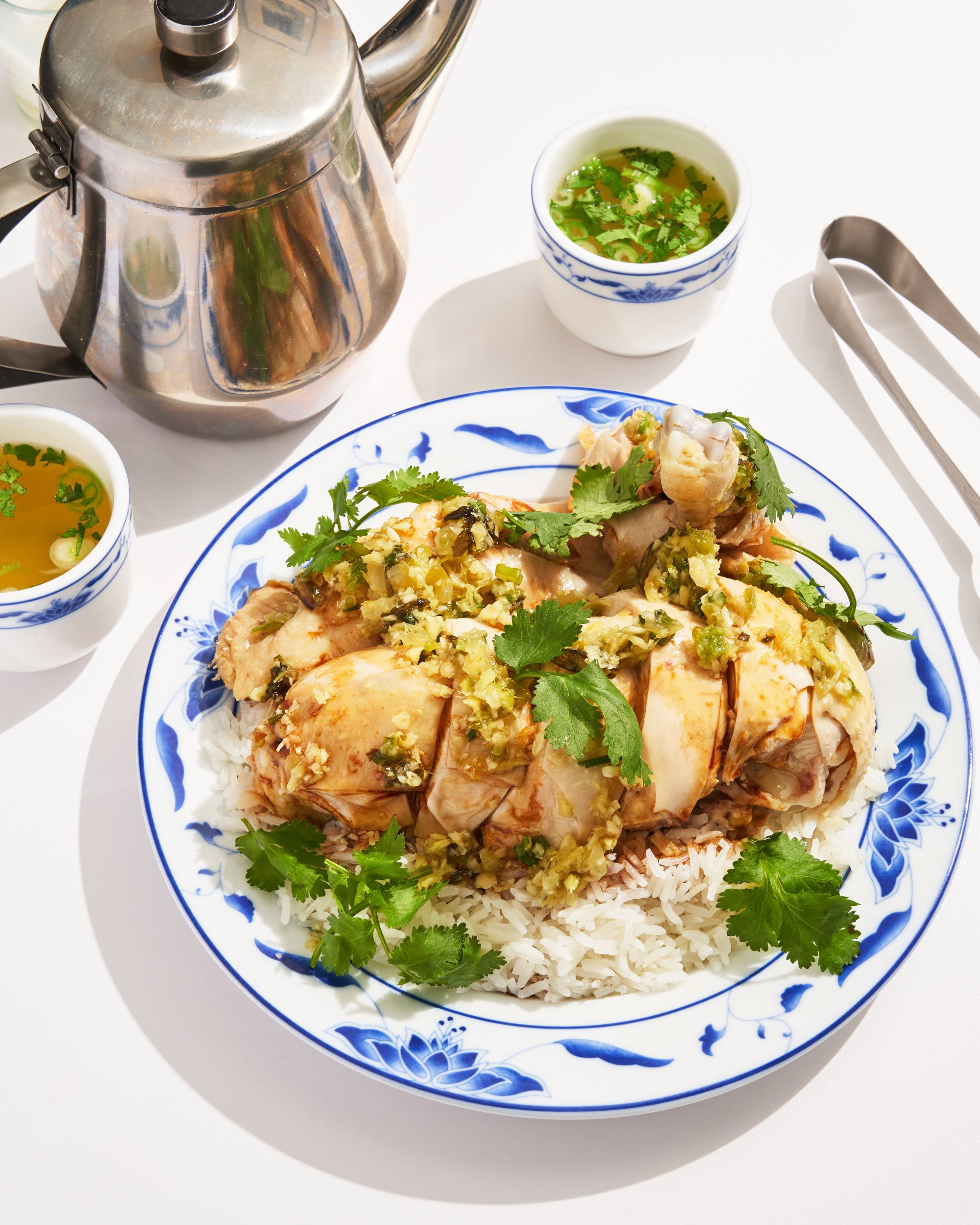
Eng cut his teeth working in the kitchens of Nom Wah Nolita and Win Son, both trendy Manhattan establishments with a uniquely American take on East Asian food.
The success of Bonnie’s has turned Eng into a culinary media darling, with accolades from the likes of US food magazine Bon Appétit and The New York Times.
Chinese food is being taken into new territory by these award-winning chefs
He is one of very few Cantonese chefs to garner this level of attention in the United States – in September, Eng was named one of Food & Wine magazine’s best new chefs for 2022.
It is not hard to see why.
Eng’s food remixes flavours of his heritage – based on cooking by his mother, an immigrant from Hong Kong who the restaurant was named after – and updates them with an American approach to experimentation and presentation.
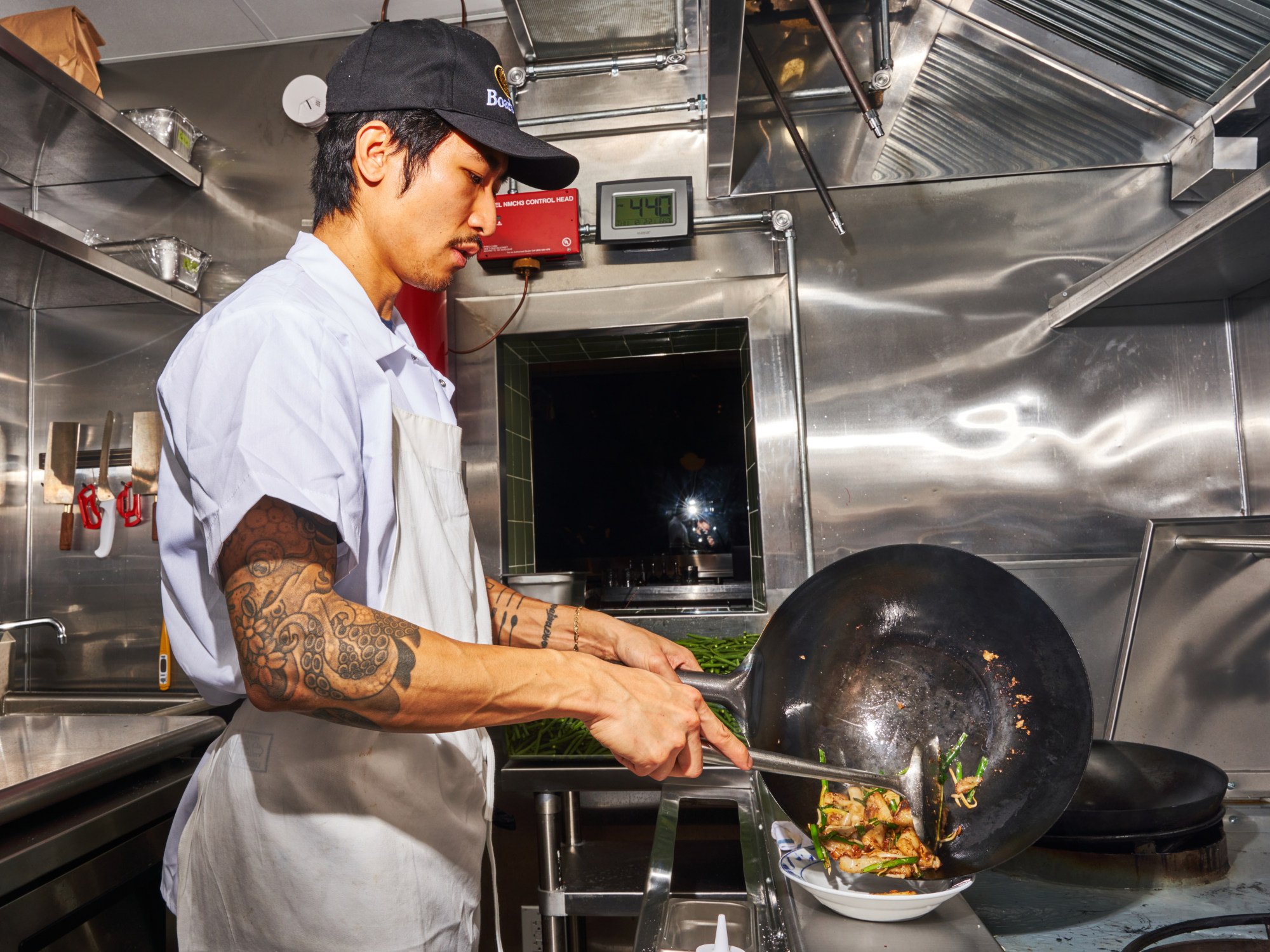
Take the char siu McRibs, one of his signature dishes, as an example: Eng pays homage to the classic McDonald’s sandwich but adds a filling of slow-cooked Cantonese roast pork marinated in a char siu glaze, maltose and fermented red tofu.
The bun is sourced from an old-school Chinatown bakery, a favourite haunt of Eng’s mother. The whole thing is served with a knife through the middle, to indicate it is meant to be consumed family-style.
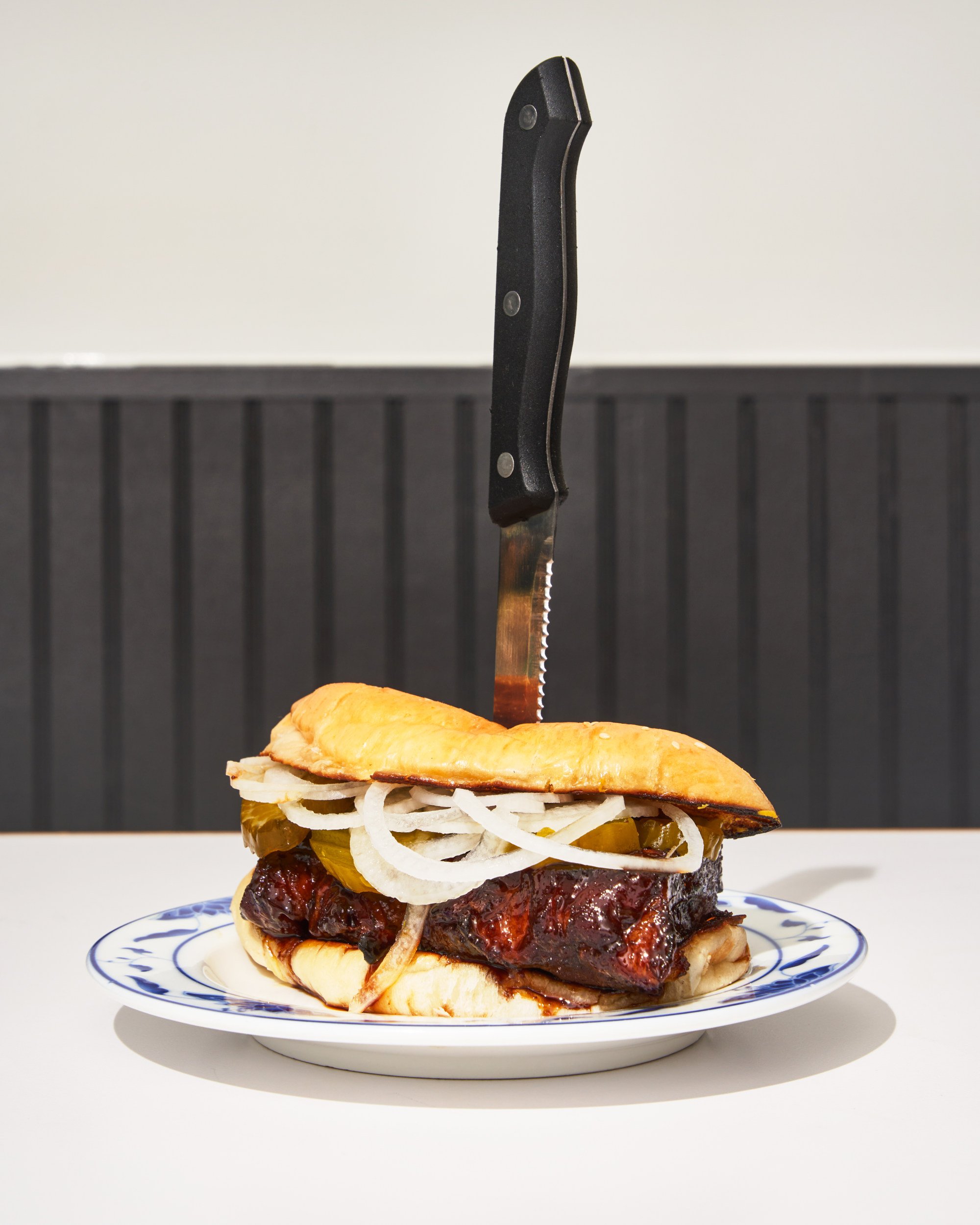
One might be surprised, given his masterful interpretation of Cantonese ingredients, to find out that Eng has only learned to appreciate the cuisine of his heritage in recent years.
He grew up in Bay Ridge, Brooklyn, a historically Italian-American neighbourhood where he was one of the very few Chinese children in school. Weekends were spent at his grandparents’ flat in Manhattan’s Chinatown.
“Growing up, I always tried to be as white as possible,” he says. “My friends didn’t look like me, they didn’t eat the food that I ate, or had to go to Chinatown every weekend – I just wanted to be like them.”

“There weren’t many people like myself, who were trained professionally to cook but also were Cantonese-American,” he says. “I felt like it was my responsibility to dive deeper into the food of my culture that I didn’t care for when I was growing up.”
Bringing Cantonese ingredients that are more of an acquired taste to a wider population became Eng’s mission when building out Bonnie’s menu in 2021.
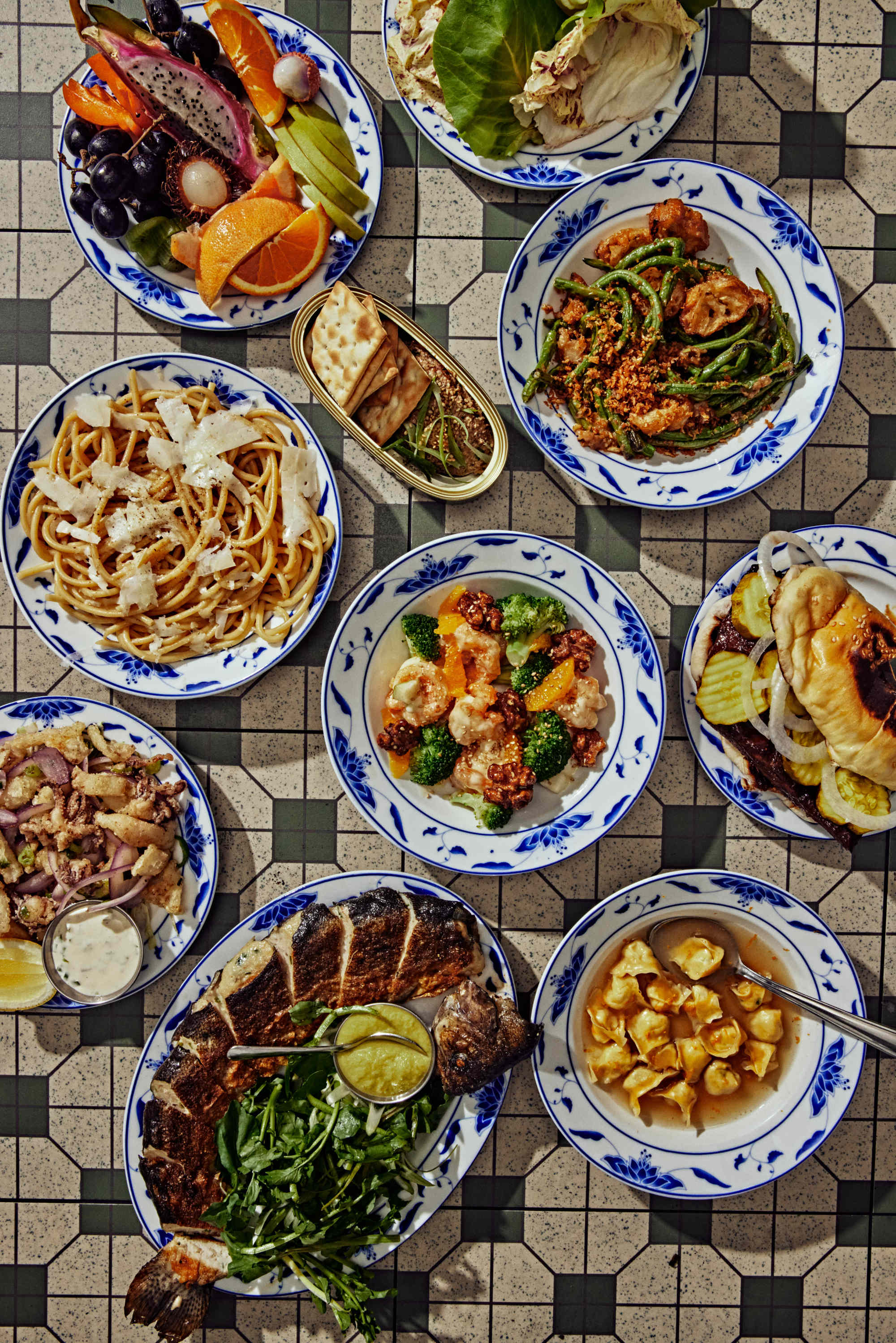
“It was important for me to find ways to utilise them in approachable applications that weren’t too overwhelming,” he says. “It’s kind of like [Cantonese food] on training wheels.”
You can see that approach in his rendition of cacio e pepe, a classic cheese-and-pepper pasta dish from Rome. Eng tosses the pasta with a compound butter made from garlic and fuyu (fermented bean curd), an Asian condiment renowned for its pungent smell.
It results in a taste that makes you marvel at his imagination: the umami from the fermented tofu harmonises with the black pepper and brings out another dimension of richness, with no acidity.
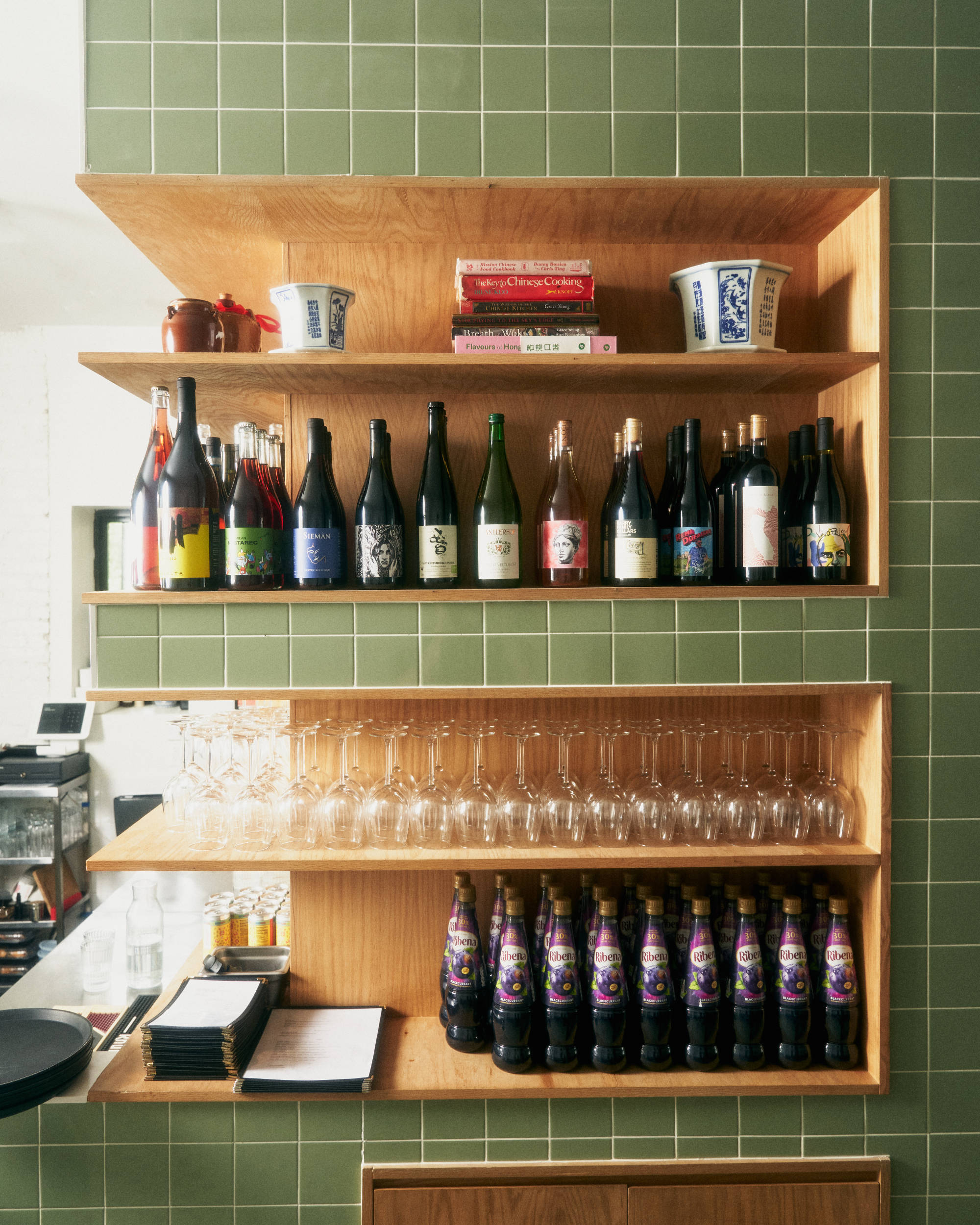
MSG, or monosodium glutamate, a seasoning associated with Chinese takeaway food, has pride of place in Eng’s version of a martini, and is used as a garnish in place of salt.
The condiment has long been stigmatised thanks to unsubstantiated claims it causes symptoms like headaches, sweating and palpitations. Eng refuses to shy away from it.
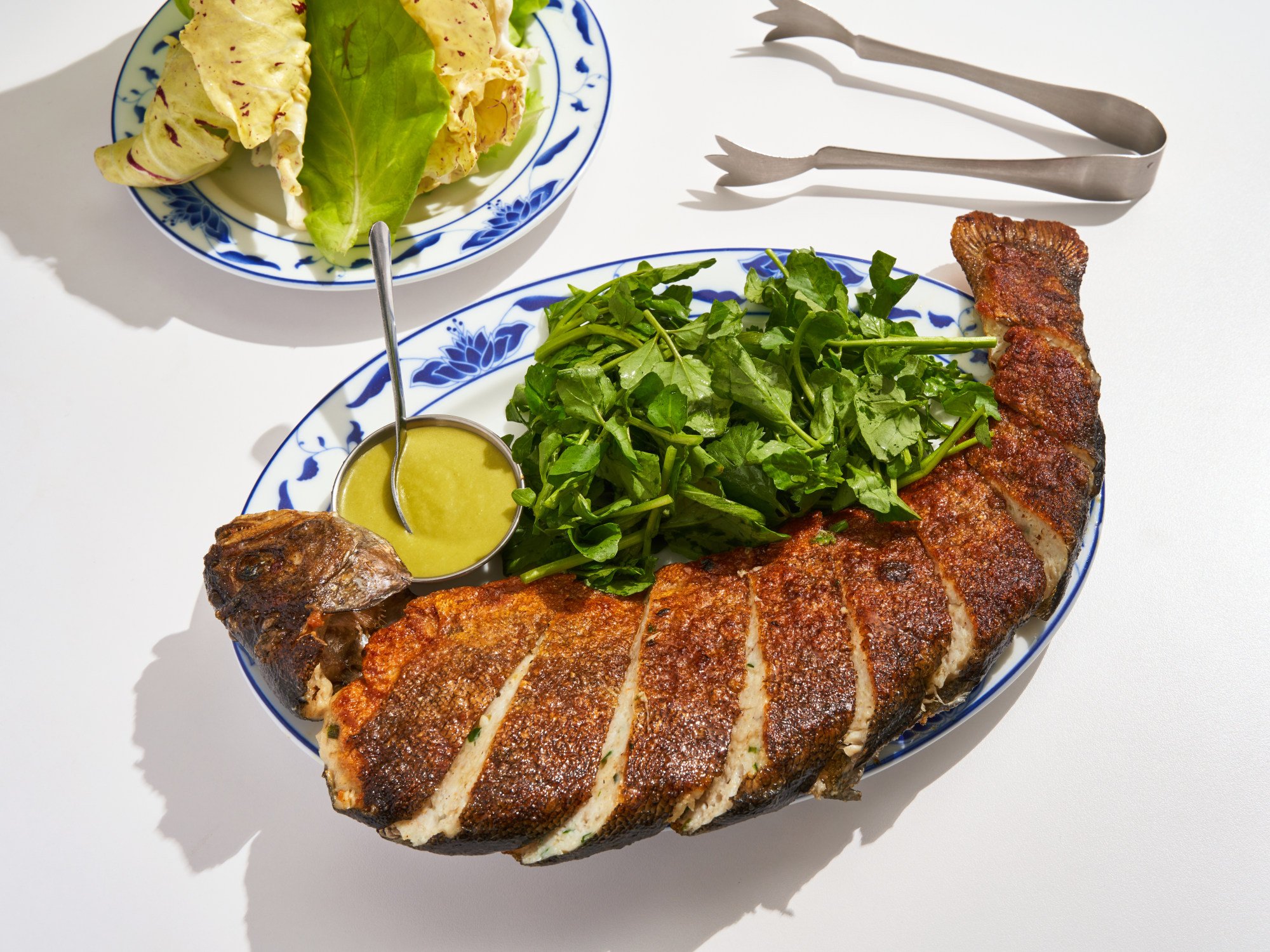
“I didn’t use MSG to prove a point. I use it because I love it,” he says. “I put it in desserts, drinks and savoury dishes – because it makes the food taste good.” He even has the word tattooed on his arm.
It is exactly that spirit of irreverence – and his unique point of view from not having trained in traditional Chinese cooking – that has so many coming back for more.
“I try to make a hard distinction between Cantonese-American and American-Cantonese,” he says.

“Here, the flavours, ideas and the philosophy behind everything will always be like Cantonese first.”
Looking to the future, the chef plans to launch a weekend brunch menu, put his own stamp on the classic Chinese fried rice and bring back his mother’s favourite egg custard recipe for the winter.

What does his mother think of his unconventional journey to bring the tastes of Hong Kong to the mainstream? Surely she must be very proud?
“She’s been here a couple of times, and she thinks the food is super interesting,” Eng says with a mischievous laugh. “But at the end of the day, she’s still a Chinese parent – they are not proud.”

